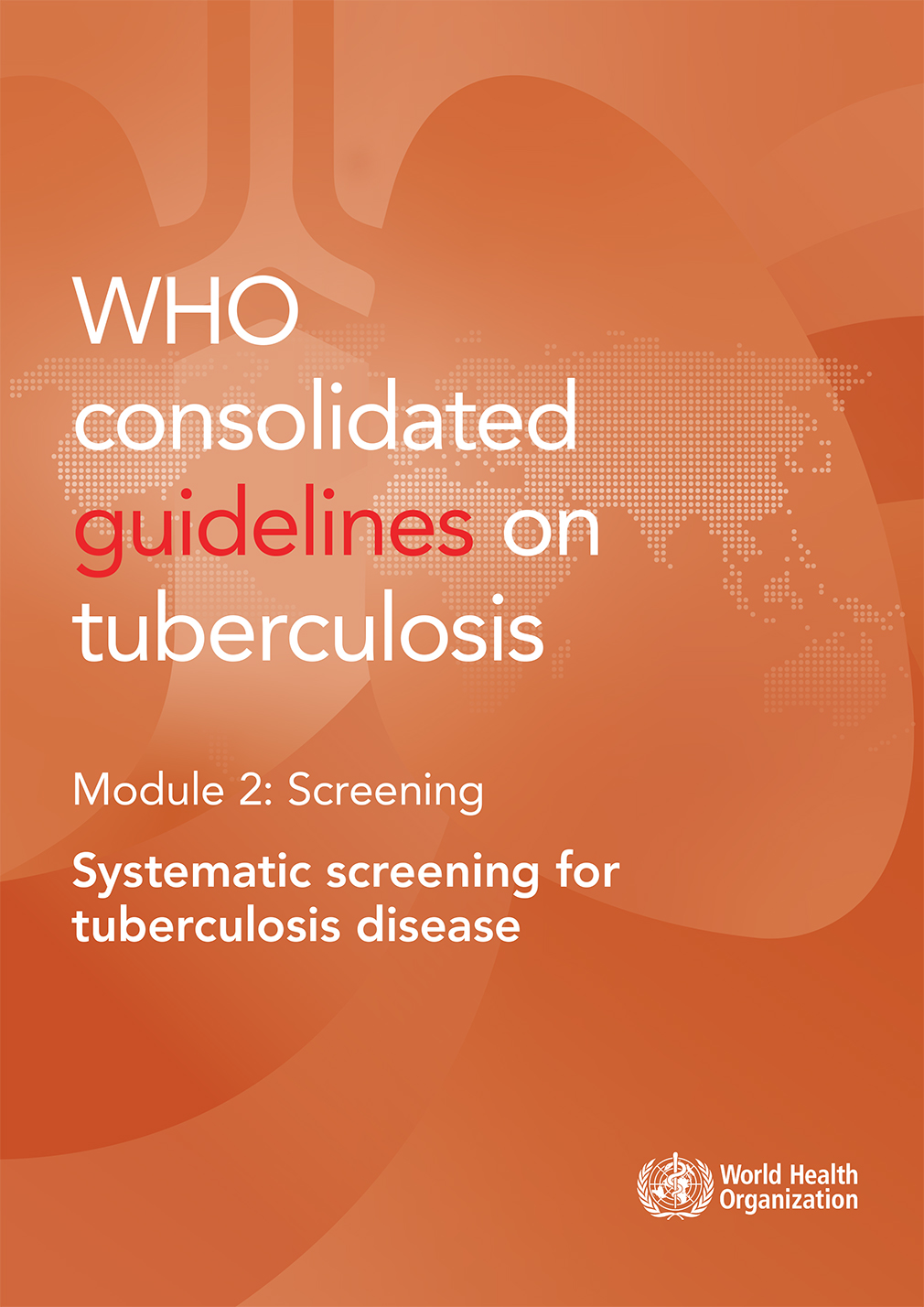3.1.2 Implementation considerations for all tools
The GDG considered that all three approaches – symptom screening, CXR and mWRD – may have roles in screening for TB disease in the general population. The ranking of the tools according to accuracy proposed by the GDG is: first, CXR; second, mWRDs; third, screening for any TB symptom (higher sensitivity and lower specificity); and fourth, screening for any cough or cough lasting 2 weeks or longer (lower sensitivity and higher specificity).

